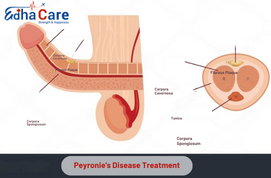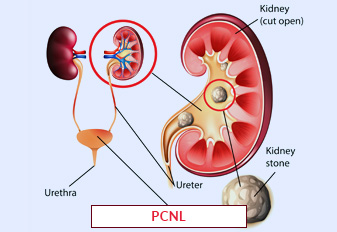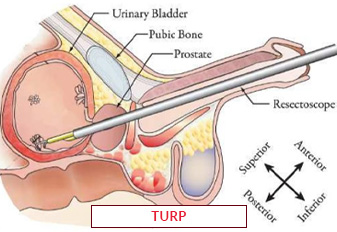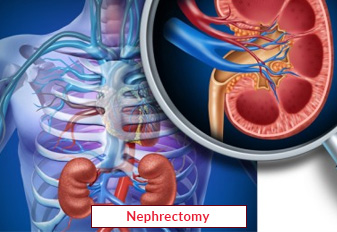Peyronie's Disease Treatment

Treatment for Peyronie's disorder is focused on treating the signs and symptoms and reversing penile curvature, which is brought on by the production of scar tissue that is fibrous (plaque) in the penis. Initially, non-surgical methods to lessen discomfort, curvature, and plaque size might include topical treatments, oral medicines, and penile traction devices. Changes in lifestyle can be an additional part of these treatments. Surgical procedures such as plaque incision/excision, urethral plication, or penile prosthetic implantation may be explored if non-surgical approaches are ineffective in relieving the issue or if the angle of curvature significantly interferes with sexual function. To get the best results, combination therapy—which combines non-surgical and surgical treatments—may also be used. Particular treatment strategies are determined by the patient's preferences, the severity of the condition, and the signs and symptoms; therefore, consultation with a medical professional is necessary for tailored management.
Book an AppointmentAbout Peyronie's Disease Treatment
Symptoms: Penile discomfort, curvature, and the possibility of erectile dysfunction (ED) are all common signs of Peyronie's disease. Some people may also develop penile abnormalities, such as plaque or tumors down the shaft of the penile organ.
Causes: The growth of scar tissue that is fibrous (plaque) inside the penis's tissue for erectile function is the primary cause of the condition known as Peyronie's. Penal curvature along with additional symptoms can frequently be brought on by this plaque formation, albeit the exact cause of the plaque's growth is not always understood.
Treatments: Non-surgical treatments for Peyronie's disease treatment include topical drugs, medication taken orally, and penile traction tools that reduce discomfort, curvature, and plaque size. Surgical treatments such as plaque incision or removal of penile prosthesis implant may be used to rectify penile curvature and provide relief in circumstances when non-surgical treatments are ineffective.
Procedure of Peyronie's Disease Treatment
Initial Assessment: A health care provider with experience in urology or sex medicine thoroughly assesses the patient's condition. In order to evaluate the degree of penile curvature and the presence of plaque, this assessment includes a review of the patient's medical records, a physical exam, and possibly radiological scans.
Non-Surgical Treatments: Initially, non-surgical options like medication taken orally (e.g., vitamin E, pentoxifylline), topical therapies (e.g., verapamil gel, the collagenase injections), and penile traction therapy to decrease plaque size and penile curvature may be used, depending on the severity of signs and curvature.
Preoperative Assessment: Before surgery, the patient undergoes preoperative assessments, including blood tests, electrocardiogram (ECG), and possibly additional imaging studies to evaluate overall health status and assess surgical risks.
Surgical Procedure: Depending on the chosen surgical approach, the procedure may involve making an incision along the shaft of the penis to access and remove the plaque (plaque incision/excision), or modifying the tunica albuginea to straighten the penis (penile plication). In cases where severe curvature or erectile dysfunction is present, penile prosthesis implantation may be performed.
Postoperative Care: After surgery, the patient receives postoperative care instructions, including wound care, pain management, and guidance on resuming normal activities. Follow-up appointments are scheduled to monitor healing progress and assess treatment outcomes.
Recovery and Rehabilitation: The patient undergoes a period of recovery and rehabilitation, during which time they may gradually resume sexual activity as directed by their healthcare provider. Regular follow-up visits are essential to monitor for any complications and ensure optimal recovery.
Require Assistance?
Get A Quick Callback From Our Healthcare Experts






